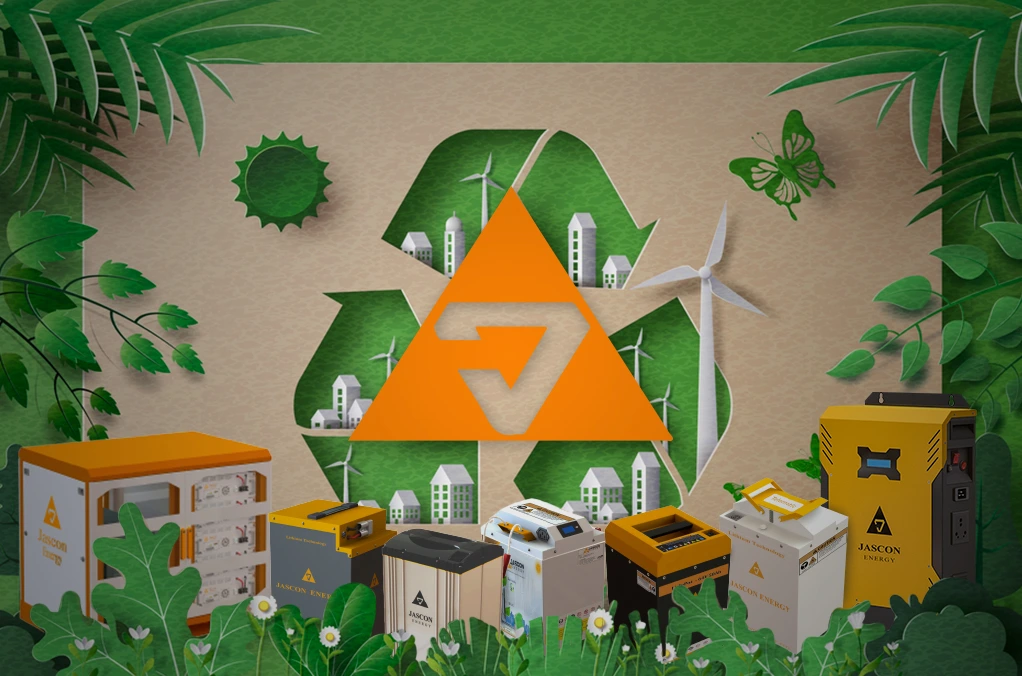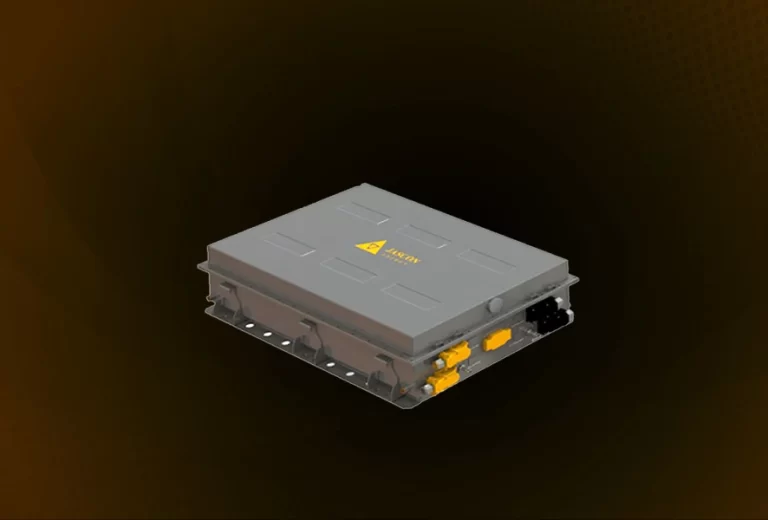Home

Jascon Energy
Private Limited
We are a fast growing company with significant presence in the ‘ECO Energy Conservation’ sector that strictly adheres to Eco-Friendly procedures, by keeping a close check on our business impact on the World Environment.
Inverter / Ups
Inverter / Ups
Jascon Electric provides you with the most reliable inverter and UPS solutions on the market.They are engineered for any commercial usage and also for protection, uninterrupted service, maximum utility, cost efficiencies and sustainability. That’s why some of the best know companies work with us.

Bus / Trucks
Jascon believes in the future of electric vehicles. We make lithium-ion battery packs for such buses and trucks, delivering a cleaner and safer solution than other powertrains with reduced noise levels and localized emissions. Our design for a rechargeable battery pack is safer and better.









